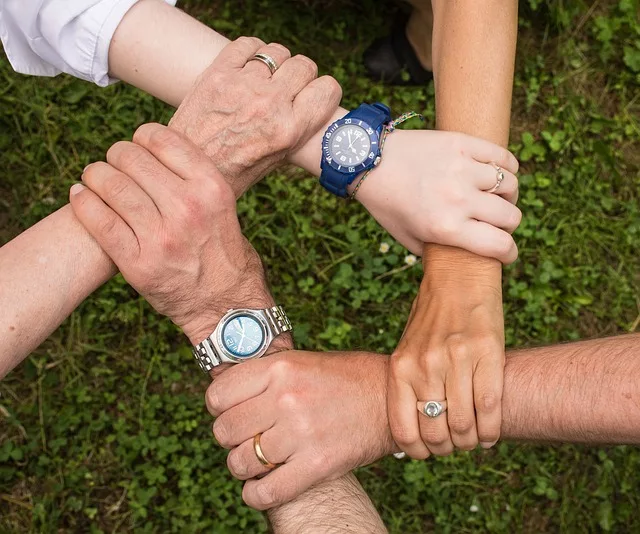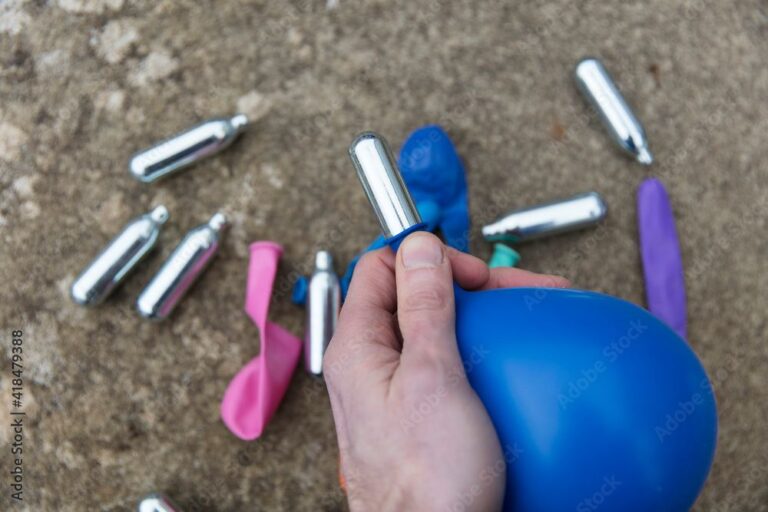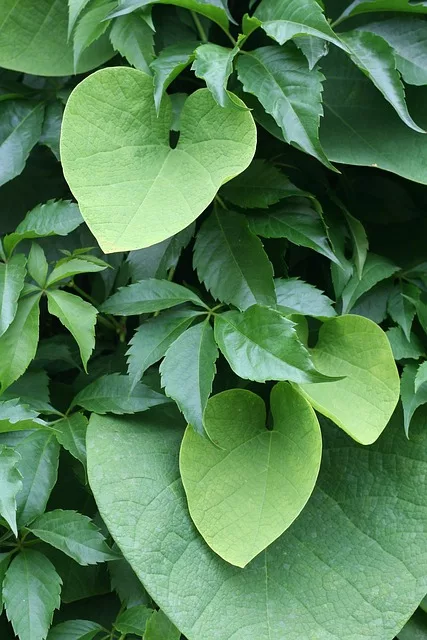March 21 to 27, 2021
It’s important to keep in mind that even run-of-the-mill household items can be used as mind altering drugs.
Inhalant substances such as aerosols, paint, glue and solvents – products squirreled away in closets, under sinks and in most American garages are not just dangerous, but can be deadly when inhaled.
“Huffing,” which is more common among kids and teenagers, is the intentional inhalation of these poisons to achieve a high.
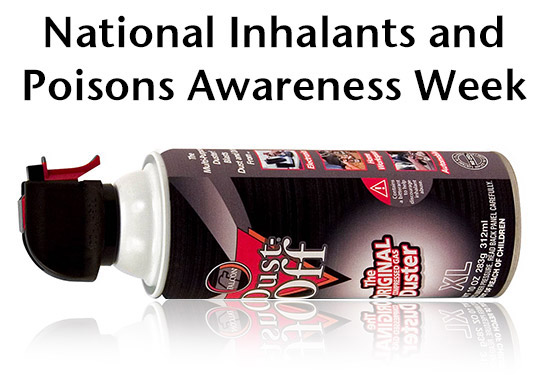
National Inhalants and Poisons Awareness Week (NIPAW), observed March 21 through 27, 2021, has raised public awareness around inhalant abuse for the last 20 years.
Most parents are surprised to learn that “huffing” these cheap and legal products is as popular among middle school students as using marijuana.
Studies have shown, however, that kids are 50 percent less likely to experiment with inhalants if an adult has spoken to them about the potentially brain damaging and deadly consequences.
Research by the National Institute on Drug Abuse (NIDA) has shown that since the mid 2000s, inhalant abuse has been on the decline, though the problem is far from being eradicated. The statistics bear this out.
Among young adults, 17,868 abuse inhalants on any given day, with an estimated 500 of them experimenting for the first time.
Additionally, the average age of first time inhalant users is 10-years-old.
Since educating children and teenagers has proven to work, parents and teachers should understand and be able to communicate the dangers of these poisonous substances.
One Hit of an Inhalant Can Cause:
- Nausea and disorientation
- Limb spasms
- Loss of consciousness and asphyxiation
- Death
Prolonged Inhalant Abuse Over a Lifetime Can Cause:
- Damage to the area of the brain that controls memory, making it difficult to impossible to learn new things and even carry on simple conversations
- Hearing loss
- Speech impediments
- Bone marrow injury and damage to the central nervous system
- Addiction
- Sudden sniffing death from inhalants that cause irregular or rapid heart rates, which can occur the first or the 100th time a person abuses these substances
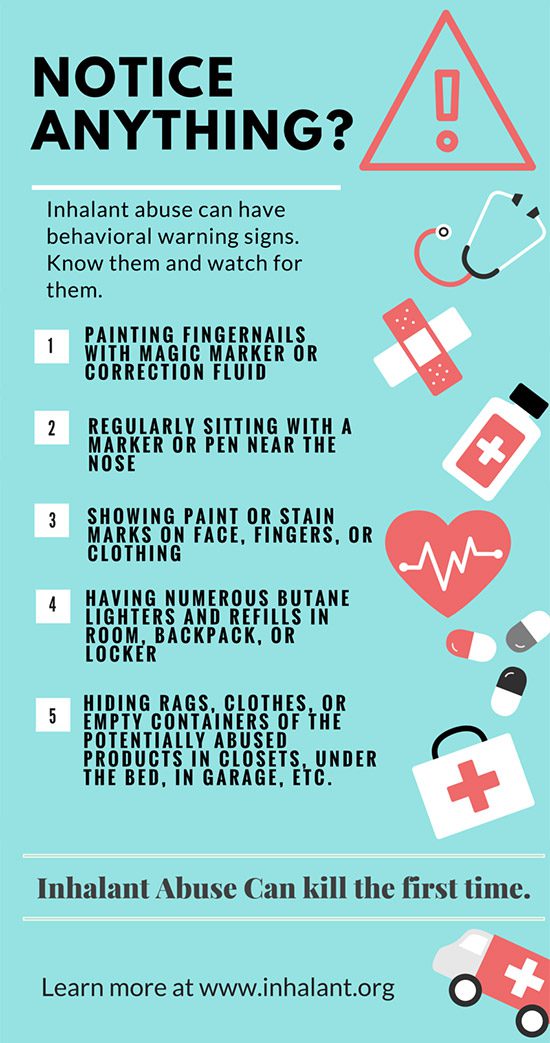 Image courtesy of Alliance for Consumer Education
Image courtesy of Alliance for Consumer EducationAccording to the American Association of Pediatricians, one in five eighth graders have admitted trying inhalants.
Experimenting with these poisons can be a result of peer pressure, stress at school or other underlying psychological issues, and it’s vital for adults to be vigilant about the warning signs.
What are the Warning Signs of Inhalant Abuse?
- Paint stains or marks around the mouth, fingers or clothing
- Fingernails colored with correction fluids, such as White-out, or Magic Marker ink
- The presence of butane lighters and refills in the bedroom, backpack or school locker
- A student who normally sits with a pen or marker near their nose
- Empty inhalant or solvent containers in the bedroom closet, under the bed or tossed in the trash
Becoming a NIPAW partner is easy. Participants receive a local coordinator’s kit that includes information on how to raise community awareness, suggested activities, as well inhalant education materials, background information and a host of other tools to help spread the word on the dangers of inhalants.
Related:
Allison Fogarty on Overcoming Inhalants
Teen Skittles Parties Aren’t What You Might Expect
5 Five Facts About Teenage Brain Development
Substance Abuse Awareness Events Calendar


